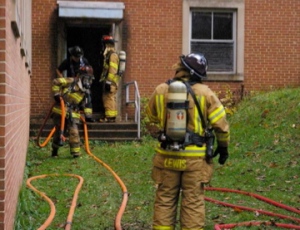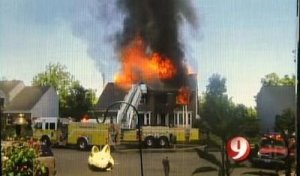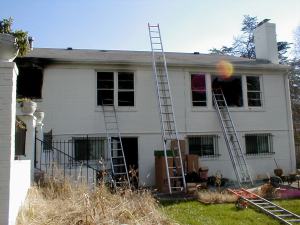Recently, NIOSH released the report on the LODD of Allan Roberts (BCFD) that occurred on 10/10/06 in Greek town neighborhood of Baltimore City. FF Roberts died at a fire in the middle of the group row home in which, due to numerous factors, he and his crew became trapped inside the dwelling. The report is an excellent training document for you to review with your members because the conditions faced that day are re-created everyday all across the Country. Here is a link to the report:
The fortunate aspect of our occupation, the associated LODD’s, and subsequent comprehensive reports that follow is that they validate what we train on and why we train on these particular skills. The contributing factor and recommendations in the report that each and every firefighter should review, and is the focus of this posting, is surrounding the chocking of doors. FF Roberts and his crew became trapped inside the dwelling when they fell back into the front metal door which caused the 1 3/4″ hoseline to became jammed under the door. Aside from this obstacle that was limiting their egress, they also had to deal with the fact that the three of them were piled up behind the door in high heat / zero visibility conditions. Essentially, no one could get in or get out because the hoseline was jammed under the door. If this scenario sounded unrealistic before, now we know it is not, and can happen to anyone. So what do we learn to take this factor out of the equation? Chock every door we go through.
Filed under: Uncategorized | 8 Comments »





















